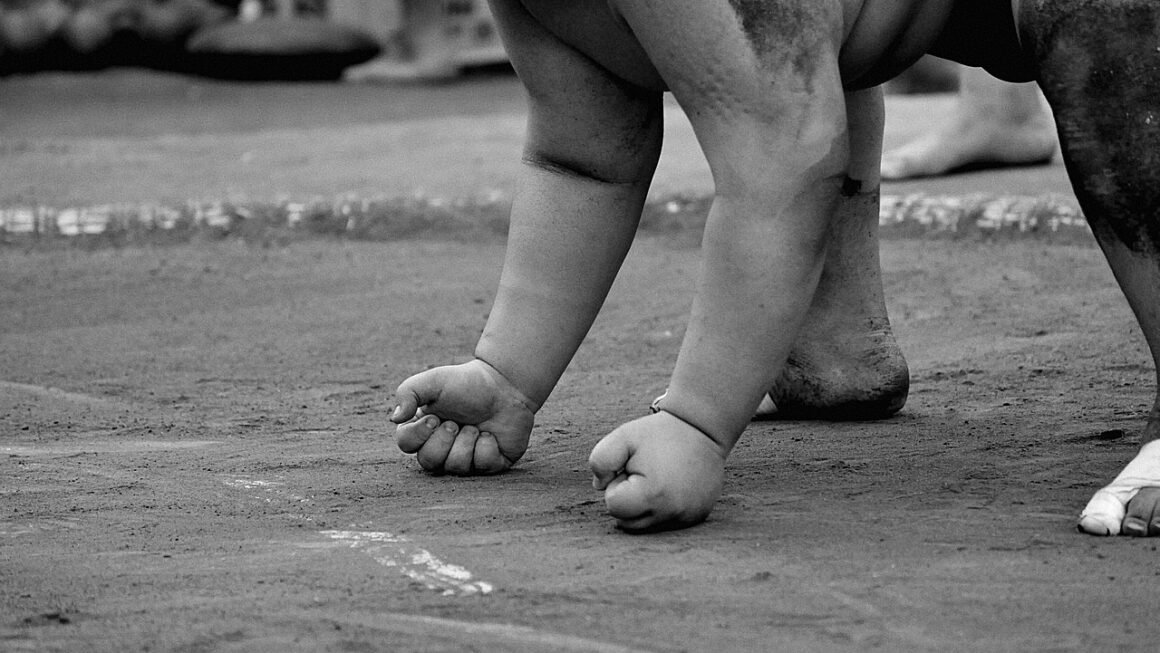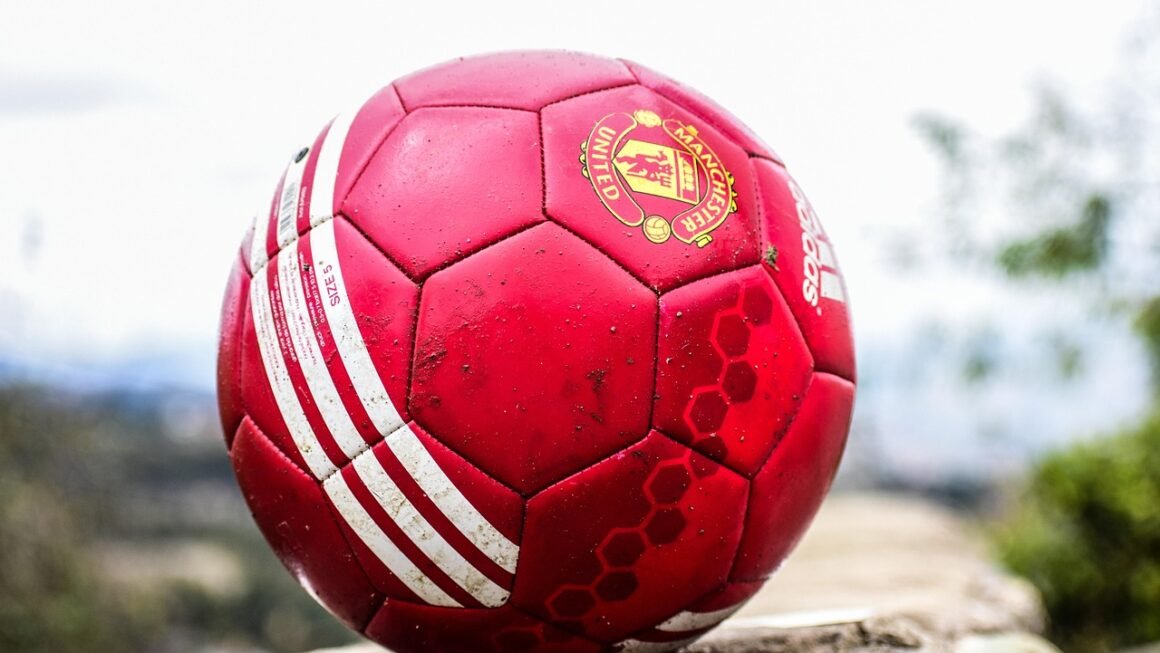Wrestling, a captivating blend of athleticism, storytelling, and showmanship, has captivated audiences for centuries. From its ancient origins to its modern-day iterations, wrestling remains a powerful force in entertainment and sport. This article delves into the multifaceted world of wrestling, exploring its diverse styles, highlighting the training involved, and showcasing its enduring appeal.
The Diverse World of Wrestling Styles
Wrestling encompasses a wide range of styles, each with its unique rules, techniques, and cultural significance. Understanding these differences is crucial for appreciating the breadth and depth of the sport.
Folkstyle Wrestling
Folkstyle, also known as scholastic wrestling, is the dominant style in American high schools and colleges. It emphasizes control, takedowns, and pinning combinations.
- Key Features:
Emphasis on takedowns from a neutral position.
Scoring based on points awarded for takedowns, escapes, reversals, and near falls.
The ultimate goal is to pin the opponent’s shoulders to the mat for a set duration.
Wrestlers typically compete in weight classes appropriate to their size.
Common moves: single leg takedowns, double leg takedowns, cradles, and headlocks.
- Example: The NCAA Division I Wrestling Championships are the pinnacle of collegiate folkstyle wrestling in the United States.
Freestyle Wrestling
Freestyle wrestling, an Olympic sport, shares some similarities with folkstyle but places greater emphasis on throws and upper-body techniques.
- Key Features:
Takedowns are legal from any position.
Wrestlers can score points by exposing their opponent’s back.
Leg attacks are permitted but often defended against.
Greater emphasis on explosive throws and dynamic movements.
Point systems differ from Folkstyle, with more opportunities for technical superiority.
- Example: The World Wrestling Championships and the Olympic Games feature freestyle wrestling events.
Greco-Roman Wrestling
Greco-Roman wrestling, another Olympic sport, focuses on upper-body strength and technique. Below-the-waist attacks are strictly prohibited.
- Key Features:
Wrestlers cannot attack below the opponent’s waist.
Focus is on throws, lifts, and upper-body control.
Requires exceptional upper-body strength and core stability.
A greater emphasis on leverage and technique rather than speed and agility (compared to Freestyle).
Common moves: Suplexes, body locks, arm throws, and headlocks.
- Example: Greco-Roman wrestling demands immense strength and is known for its dramatic throws.
Professional Wrestling
Professional wrestling is a form of sports entertainment that blends athleticism with theatrical storytelling. While the outcomes are predetermined, the physical demands are very real.
- Key Features:
Predetermined outcomes to create dramatic narratives.
Emphasizes character development and audience engagement.
Incorporates high-flying moves, elaborate costumes, and dramatic storylines.
Wrestlers often develop distinct personas, playing the roles of heroes (“faces”) or villains (“heels”).
Key promotions: WWE, AEW, Impact Wrestling.
- Example: Wrestlemania, WWE’s flagship event, draws massive crowds and showcases the spectacle of professional wrestling.
The Rigorous Training Regimen
Wrestling demands a high level of physical and mental toughness. Training regimens are intense and multifaceted.
Strength and Conditioning
Wrestlers require exceptional strength, endurance, and agility. Their training programs often include:
- Weightlifting: Focus on compound exercises like squats, deadlifts, bench presses, and overhead presses to build overall strength.
- Cardiovascular Training: Running, swimming, and cycling to improve stamina and endurance.
- Plyometrics: Jumping exercises to develop explosive power.
- Bodyweight Exercises: Push-ups, pull-ups, dips, and core exercises for functional strength.
- Example: A typical week might involve weightlifting three times, cardio three times, and plyometrics twice, with active recovery days in between.
Technical Training
Technical skills are just as important as physical attributes. Wrestling training involves:
- Drilling: Repetitive practice of takedowns, escapes, and pinning combinations.
- Sparring: Live wrestling with partners to apply techniques and develop strategy.
- Positional Drilling: Focusing on specific positions, like top control or bottom escapes.
- Film Study: Analyzing opponents’ strengths and weaknesses.
- Example: Spending hours perfecting a single-leg takedown, drilling it hundreds of times, is common.
Mental Toughness
Wrestling is as much a mental game as it is a physical one. Wrestlers need to develop:
- Discipline: Commitment to training and diet.
- Resilience: Ability to bounce back from setbacks.
- Focus: Maintaining concentration during matches.
- Mental Visualization: Practicing techniques and strategies mentally.
- Example: Using visualization techniques to mentally rehearse a match before competing.
The Enduring Appeal of Wrestling
Wrestling’s popularity stems from its captivating blend of athleticism, drama, and tradition.
A Test of Physical and Mental Prowess
Wrestling is a demanding sport that pushes participants to their limits. It’s a direct confrontation where strength, technique, and mental fortitude are constantly tested.
- Key Benefits:
Develops discipline and work ethic.
Builds self-confidence and resilience.
Promotes physical fitness and athleticism.
Teaches problem-solving skills and strategic thinking.
Foster’s a strong sense of community and camaraderie.
The Art of Storytelling
Professional wrestling, in particular, excels at crafting compelling narratives. These stories often explore themes of good versus evil, overcoming adversity, and pursuing dreams.
- Key Elements:
Engaging characters with distinct personalities.
Dramatic storylines with twists and turns.
Heated rivalries that captivate audiences.
Emotional connections between fans and wrestlers.
Example: The long-running rivalry between Stone Cold Steve Austin and Mr. McMahon in WWE.
Global Reach and Cultural Significance
Wrestling enjoys a worldwide following, with different styles and traditions resonating in various cultures. From the ancient sumo wrestling of Japan to the Lucha Libre of Mexico, wrestling reflects the unique values and traditions of its host countries.
- Examples:
Sumo wrestling in Japan: a national sport with deep cultural roots.
Lucha Libre in Mexico: known for its masked wrestlers and high-flying acrobatics.
* Kushti wrestling in India: a traditional form of wrestling practiced in mud pits.
Conclusion
Wrestling, in its many forms, is a testament to the human spirit’s desire for competition, storytelling, and athletic excellence. Whether it’s the disciplined world of folkstyle, the dynamic action of freestyle, or the captivating drama of professional wrestling, this multifaceted sport continues to captivate and inspire audiences around the globe. By understanding the nuances of each style and appreciating the dedication required to excel, one can gain a deeper appreciation for the enduring appeal of wrestling.



